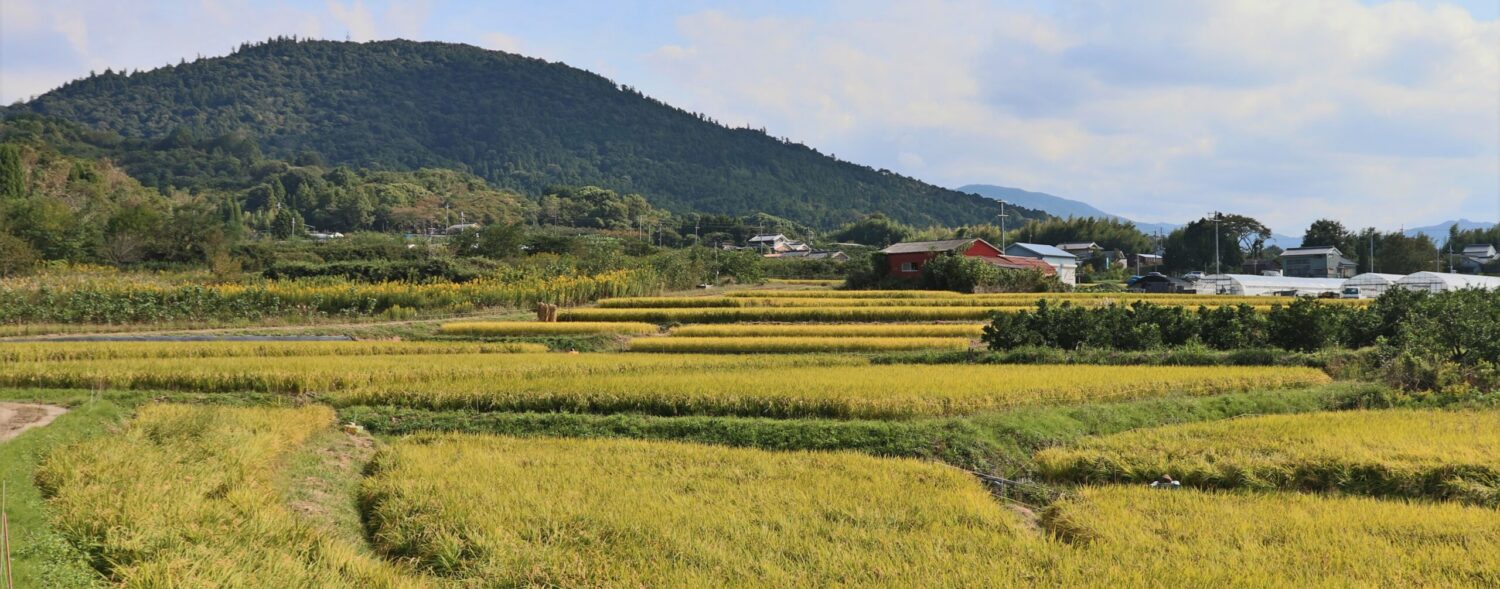Kansai Private Railways
Japan’s train systems are fantastic. They are fast, efficient, and reliable, but getting around a new city is always a challenge. Kansai private railways are very convenient, but even a seasoned Tokyoite can take a little time getting their bearings. One of the the biggest differences between Osaka, including most of Kansai, and Tokyo are the number of private railways. Being able to effectively navigate Kansai means having a general understanding of Kansai private railways. Knowing which rail to use will not only get you where you want to go, will save you a lot of stress.
Kansai Private Railways: What Goes Where?
Nankai [南海]
[mappress mapid=”128″]The Nankai Railway is the oldest private train company in Japan. Nankai has basically two major lines: the Nankai Main Line runs through Wakayama City and the Kansai Airport. Then there is the Koya Line that connects Osaka to Mt. Koya.

Both of these lines go from North Osaka to North Wakayama, literally crossing Osaka Prefecture.

This most iconic Nankai train is the Limited Express Rapi:t, which has a very unique appearance. The Rapi:t is the train for the express line that connects the Kansai International Airport to Namba Station. This line is a bit faster than the Airport Express Line because it makes fewer stops. As you might expect, fewer stops means the tickets for the Rapi:t can be a bit expensive. The Limited Express fee is around 510 yen, but it is definitely convenient.

Hankyu [阪急]
[mappress mapid=”129″]With rails starting from Umeda*, the Hankyu railway go to Kyoto, Kobe, and Takarazuka. Interestingly, the Hankyu-Kobe lines go through some of the wealthiest areas in Kansai.

The Hankyu-Kyoto Line is very convenient when you visit west parts of Kyoto such as Arashiyama and around the Kinkaku-ji Temple. A perk to taking this Hankyu is that you don’t have to pay extra to ride the Limited Express. However, because there are many tourists sites along the Hankyu-Kyoto lines, trains are often crowded and you may not able to find a seat on the weekend.

Hanshin [阪神]
[mappress mapid=”132″]Starting from Umeda* and Namba, Hanshin Line goes to Kobe. These lines run along the coast of Kobe. Hanshin also has service from Namba to Kobe via the Hanshin Namba Line. The Hanshin Namba Line connects Namba and Amagaski Station. This makes it so you don’t even have to change lines to get to Kobe from Nara. However, keep in mind that since Hanshin originated as a tram there are many stations on the way to Kobe and the trains themselves can be a little bit slow.

If you want to go to the Koshien Baseball Stadium for a Hanshin Tigers game, then you will definitely be taking the Hanshin Line to get there. It is their baseball team after all.

Hanshin also has Limited Expresses trains from Umeda that directly connect to the Sanyo Line bound for Himeji. These trains are great for travelers because Himeji is home to one of the most iconic castles in Japan and famous World Heritage site, Himeji Castle.
Using the Hanshin Limited Express gets you from Umeda to Himeji without even having to change lines. If you use the Limited Express, it will take you about 1 hour and 45 minutes to Himeji.

* Additional service to Himeji includes:
The JR special rapid service from Osaka Station that only takes an hour without changing lines.
There is also a Shinkansen from Shin-Osaka Station that can get you there in only 30 minutes.
Keihan [京阪]
[mappress mapid=”130″]All Osakans know that when you go Kyoto, you should take Keihan Line. The Keihan Line starts from Yodoyabshi (not Umeda or Namba) and goes to Demachiyanagi in Kyoto. There, you can change to Keifuku Line for Kurama and Mt. Hiei.
The Keihan Line is very convenient when you visit some of Kyoto’s most famous temples. Keihan lines go to the east side of Kyoto City where you can find temples such as Fushimi Inari, Nanzenji Temple and Kiyomizu Temple.

Also, the Keihan Line is the easiest line to use if you want to go to Uji from Osaka. While it costs much more to go to Uji from Osaka by JR, you can get to Uji in an hour from Osaka using the Keihan Line and it is significantly less expensive.

Keihan’s Limited Express trains are also very comfortable and you can even ride one of the double-decker cars without having to pay an extra fee. The only draw back to the Keihan is that since it also originated as a tram it is a bit slow and often because it goes to popular tourist destinations, is crowded in weekends. If you wish, you can pay extra 500 yen for reserved seat.

Kintetsu [近鉄]
[mappress mapid=”131″]The Kintetsu Line originally just connected Uehommachi in Osaka to Nara, but since merging with a lot of private train companies, it has become the biggest private train company in Japan. Currently, Kintetsu has lines running from Osaka to Nara, Kyoto, Yoshino, Nagoya and Ise. Since there are several big Kintetsu terminals in Osaka: Namba, Uehonmachi and Abeno, taking Kintetsu can be very confusing.

For example, there is Limited Express service from Namba Sta. to Nara, Ise, and Nagoya, but if you want to take a Local Line or the Express Line for Nagoya and Ise instead, you have to take the Kintetsu Nara line from Namba and then change trains at Uehomachi, which is the station right after Namba. Also, for some reason, the only trains that go to Yoshino or Tondabayashi leave only from Abenobashi Station*.
When you go to Nara from Osaka, the Kintetsu Line is fastest and most convenient choice. Kintetsu has lines to many cities in Nara and train service is frequent. If you want to take the Limited Express, you have to pay an extra fee for reserved seat.

